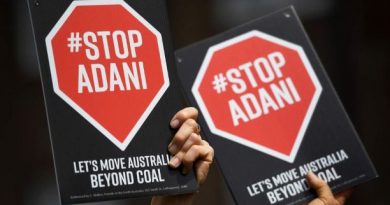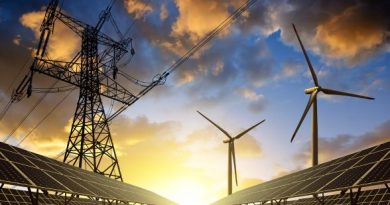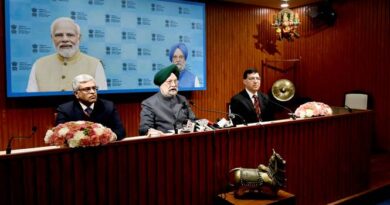CEEW Pegs High Financing Costs As Largest Component of RE tariffs in India
New Delhi based Council on Energy Environment and Water (CEEW) a Delhi based think tank focused on the energy transition among other issues, has identified a very high share of financing as one of the biggest components of renewable energy tariffs in India
 Green Energy Faces a Financing Drought
Green Energy Faces a Financing Drought
The findings from CEEW, a respected organisation in the space, serves to highlight just how poorly the issue of financing has been handled in India, besides many other developing countries.
Quite simply, renewable energy financing in India suffers from three big issues.
One, the legacy issue of a traditionally inefficient market , where pass through of low rates simply is not as efficient as it can be. This is a challenge the industry shares with all other sectors in India.
A second issue is the issues specific to the sector, besides the power sector. Uncertainty on government policy has been flagged repeatedly, to which can be added the shaky financials of their biggest buyers, state discoms. In just the last 3 months, the shenanigans of state discoms and governments in just Andhra Pradesh and now, Uttar Pradesh have demonstrated just why financiers are likely to treat the sector with extra caution, if not a barge pole. Industry insiders have repeatedly highlighted how even the private fund raising they do from markets frequently ends up financing their working capital requirements due to payment delays, rather than asset creation.
Finally, there is the issue of a sector with newcomers, versus legacy firms. Like any new sector, the renewables sector has attracted its fair share of entrepreneurs, in it for the business as well as the hope that they are getting into a sunrise sector. However, two issues plague these newcomers. One, a general learning curve among financiers, especially public sector bankers, where understanding of asset values, project feasibility and more is not yet fully developed. That in turn, leads money to legacy power producers, with their higher legacy costs and views on the future of renewables. It is no surprise that any group with its present rooted in say, thermal energy, finds it hard to start believing in a bright and present future for renewable energy. Be it the state owned NTPC, which has a long term plan built around doubling its existing thermal capacity of almost 45GW, or the private owned Adani group, which has become a leading renewables player even as it stays in the news for its plans around coal imports from Australia and thermal plants. These legacy players end up attracting a lions share of the money for renewables financing, on the back of their larger asset base including thermal, besides existing relationships.
That leaves new renewables players in a tough spot, with more money being raised from foreign institutions than domestic financial institutions. Consider Renew Power, Avaada , or even Amplus, three distinct firms which have done this successfully, all on the back of much better execution than legacy firms. On the other hand, the limited size of this privileged club also means that truly disruptive firms struggle to make an impact, as large parts of the ecosystem hinges on costs that are similar for all and a high policy overhang of course.
In effect, it also almost shuts out the public capital markets for large developers, with only EPC players like Sterling and Wilson managing to go for a public listing. Otherwise, considering the sector and the scale of many firms in the sector today, it would have been a natural progression to a listing for many, with Renew Power coming the closest to an actual listing, before deferring it last year. With long term, fixed rate debt also relatively scarce, on renewable projects that are routinely projected to last 25 years or more, players face an uphill task to manage cash flows with sustainable debt. Even today, the reality of new players making an impact is demonstrated by a firm like ACME Solar being ranked as the Indian firm with the highest solar capacity, closely followed by the Adani group. In fact globally, IPP’s or Independent Power Producers dominate the rankings, and even more pertinently, the top 10 globally (outside of China) account for just 6.9% of capacity. That fragmented ownership simply drives home the point about the need for a healthy financing market to encourage newer firms to make an impact too.
The CEEW study says that despite the progress made in renewables capacity, particularly in developing countries, coal contributes 26 times more to the primary energy supply than renewables, in developing countries. Changing that situation quickly will need a far more proactive financing environment for renewable energy.
It posits that financing costs could be a key determinant of future declines in solar and wind energy costs. Suitable policy changes that derisks these investments could go a long way in reducing financing costs, and lower energy prices too.
By putting a broad figure on just how high the financing component can be in renewable tariffs (50-65 percent), the study serves as an opportune provider of inputs to a government that is falling massively behind on its renewable targets.




